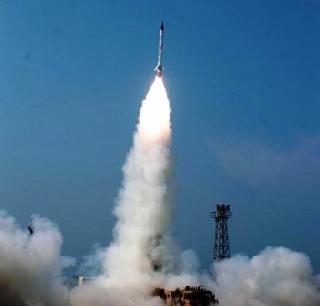
CHENNAI (PTI): Indian defence scientists are set to raise the bar for excellence by trying to shoot down a missile at an altitude of 150 kms later this year.
So far, defence scientists have been able to intercept a missile at an altitude of 80 km and are now planning to aim higher.
"The trials are expected later this year," V K Saraswat, Director General, Defence Research and Development Organisation (DRDO) told reporters on the sidelines of the 98th Indian Science Congress here.
He said the DRDO scientists were also planning to raise the altitude for interception gradually to upto 300 km.
The DRDO-developed missile shield uses a system of long range radars and long-range missiles to shoot down incoming enemy missiles. The system has been tested successfully three times since December 2006.
The Prithvi interceptor missile has been codenamed PDV, a two stage rocket powered by solid propellants.
Asked about the failure of the recent Agni-II Prime test, Saraswat blamed it on the quality of components procured from the industry.
He said the defence scientists have recovered the entire hardware of last month's failed test of the Agni-II Prime missile and would soon come out with a detailed analysis of the event.
Saraswat stressed on improving the quality of products it receives from the industry.
He said the DRDO will now have to go beyond quality checks for the components it sources from the industry and ensure control on the quality of manufacturing processes.
He said the DRDO has also decided to launch a commercial arm to market its technologies having civilian and paramilitary applications.
"We have new users coming up in the paramilitary forces and some of our technologies also have civilian applications. So, taking into account the volume of sping-offs a commercial arm is planned," Saraswat said.
He said DRDO has transferred technology for its products to around 15 firms and has earned Rs 20 crore from the deals.
The DRDO chief said the organisation saw a business potential of up to Rs 70 crore per year in meeting the demand of the paramilitary forces.
The DRDO can customise some of the weapons used by army for the paramilitary forces, he said.
The DRDO has started collaborative research work with Indian Institute of Technology (IIT) Madras by taking 30,000 sq. ft space at the IIT Madras Technology Park here.
"We plan to have about 20-25 scientists at the research centre that would work on cyber security, nano material, aeronautics and others," Saraswat said.
To a question, he said the DRDO did not have any programme to build a military satellite.
On the induction of the Light Combat Aircraft (LCA) Tejas into the Indian Air Force, Saraswat said the documentation related to the Initial Operation Clearance of the aircraft will be handed over the the IAF in the presence of Defence Minister A K Antony on January 10.
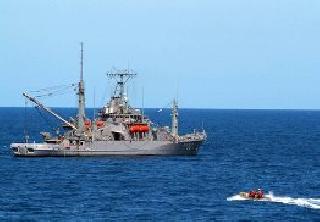 Previous Article
Previous Article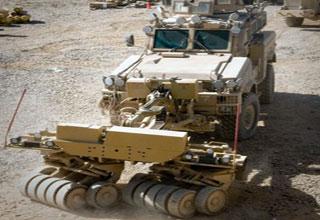 Next Article
Next Article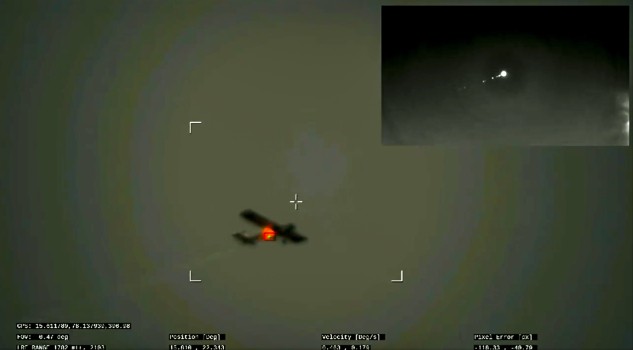
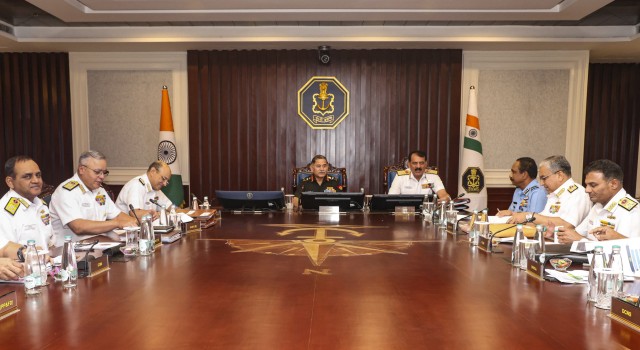
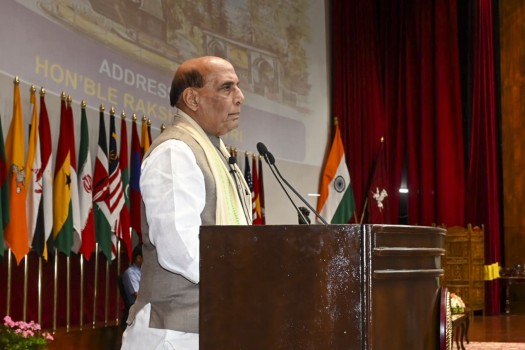
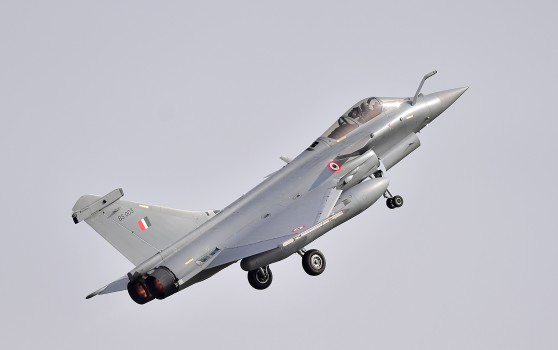
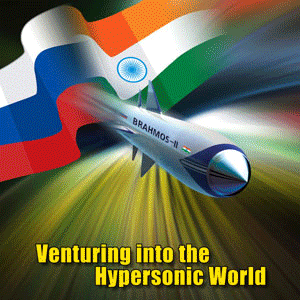
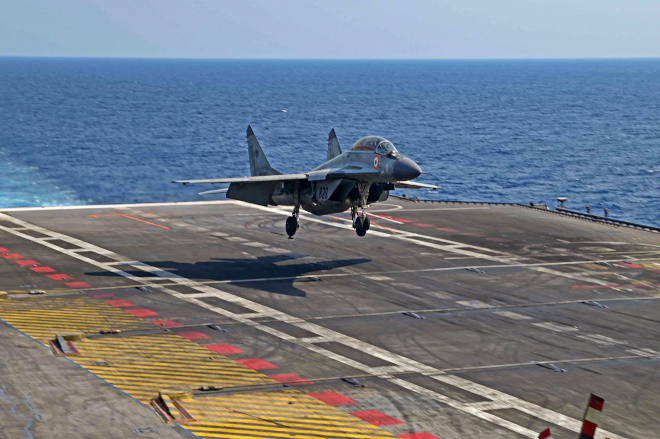
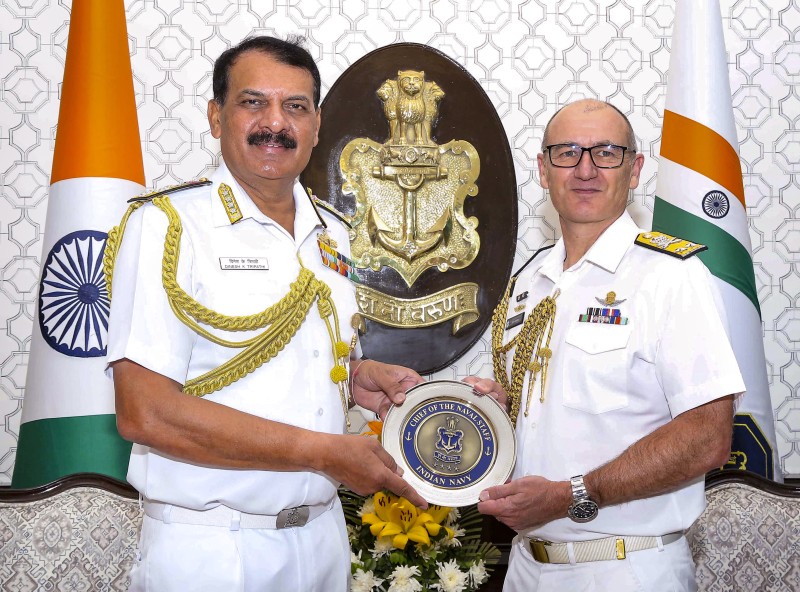

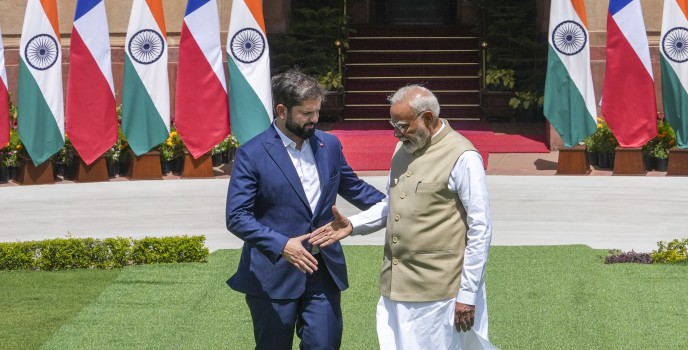

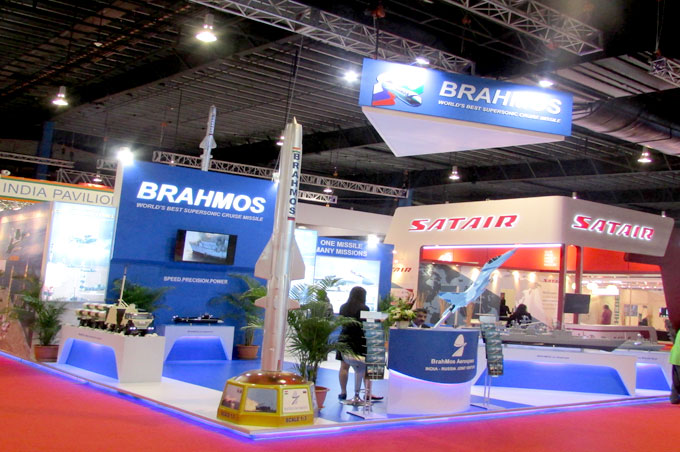
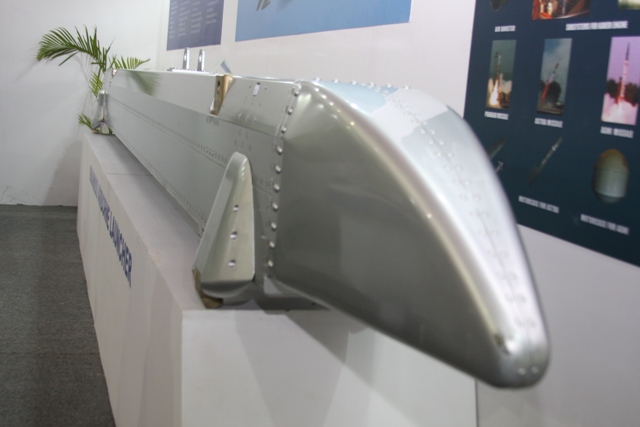
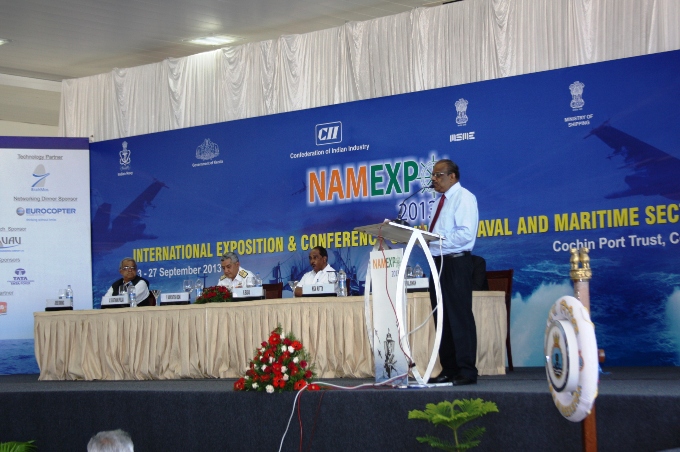
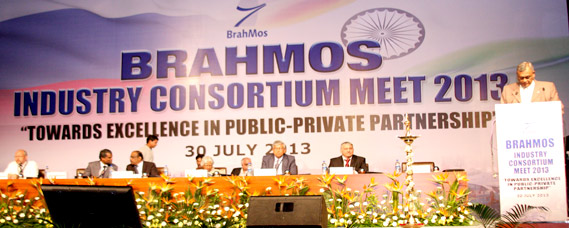
The Indian Air Force, in its flight trials evaluation report submitted before the Defence Ministry l..
view articleAn insight into the Medium Multi-Role Combat Aircraft competition...
view articleSky enthusiasts can now spot the International Space Station (ISS) commanded by Indian-American astr..
view article